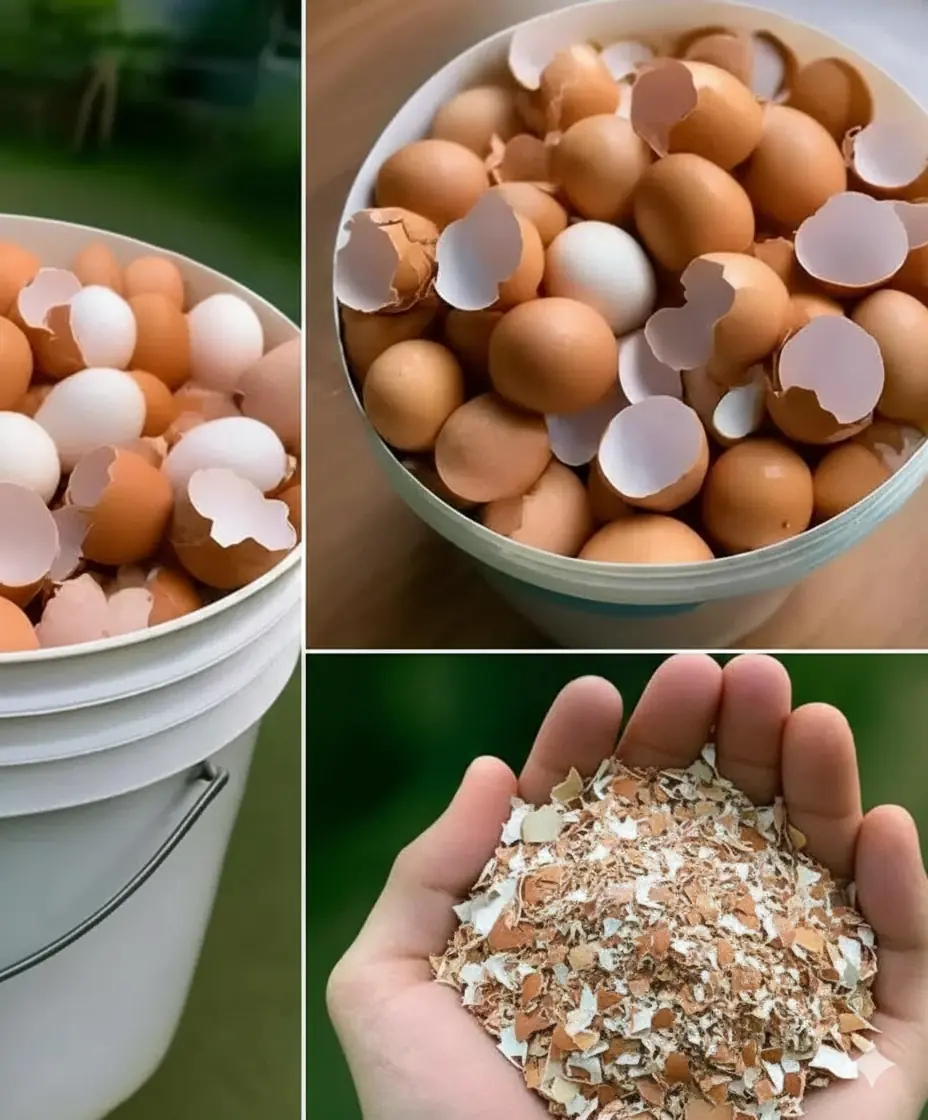
Tips for freezing tomatoes to eat all year round, the flavor is always fresh
Freezing Tomatoes: A Perfect Way to Enjoy Them All Year Round
Tomatoes are a favorite ingredient in many kitchens due to their versatility, flavor, and the nutritional benefits they offer. However, when tomatoes are in season, they often ripen faster than we can consume them. Freezing is an excellent way to preserve tomatoes for later use, allowing you to enjoy their fresh taste even when they’re out of season.
Here’s a guide to help you freeze tomatoes properly, so you can enjoy them year-round, retaining the flavor and nutritional value.
Why Freeze Tomatoes?
Freezing tomatoes allows you to enjoy them throughout the year without losing the fresh taste and texture. Fresh tomatoes can spoil quickly, but by freezing them, you can preserve their flavor for months. Frozen tomatoes are particularly useful for:
-
Soups and sauces: Frozen tomatoes retain their flavor, making them perfect for stews, soups, pasta sauces, and salsas.
-
Smoothies and juices: Freezing tomatoes is a great way to add them to smoothies or fresh juices without worrying about them going bad.
-
Cooked dishes: You can add frozen tomatoes to dishes like casseroles or baked goods, where they will retain their flavor.
How to Freeze Tomatoes: Step-by-Step Guide
Freezing tomatoes is easy, but there are some steps you should follow to ensure they remain as fresh and delicious as possible.
1. Choose Ripe, Fresh Tomatoes
Start by selecting ripe, firm tomatoes. You want to avoid tomatoes that are overripe, as they may lose texture or become mushy when frozen. If you have a garden, picking tomatoes when they’re just ripe is perfect. Alternatively, you can buy fresh tomatoes from the market.
2. Wash the Tomatoes
Thoroughly wash the tomatoes to remove any dirt or pesticides. Pat them dry with a clean towel or paper towels.
3. Blanch the Tomatoes (Optional but Recommended)
Blanching helps preserve the texture and color of the tomatoes during freezing. Here’s how to do it:
-
Boil a pot of water and prepare a bowl of ice water.
-
Cut an "X" into the bottom of each tomato using a sharp knife.
-
Place the tomatoes in the boiling water for about 30-60 seconds, or until the skins start to peel away.
-
Transfer the tomatoes immediately to the ice water to stop the cooking process.
-
Peel off the skins, starting from where you made the "X". You can leave the skins on if you prefer, but removing them ensures a smoother texture when you use the tomatoes later.
4. Remove the Seeds (Optional)
While it’s not necessary, you can remove the seeds from the tomatoes if you prefer. Simply cut the tomato in half and squeeze the seeds out. This is optional and depends on what you plan to use the tomatoes for later. If you’re using the tomatoes in sauces or soups, you can skip this step.
5. Prepare for Freezing
Now that your tomatoes are peeled (and optionally deseeded), you can freeze them. There are two main ways to do this:
-
Whole Tomatoes: Simply place the peeled tomatoes into freezer-safe containers or plastic bags. Try to remove as much air as possible to prevent freezer burn. You can also line them up on a baking sheet and freeze them individually before transferring them to containers for easy portioning.
-
Diced or Sliced Tomatoes: If you plan to use the tomatoes in diced form, chop them into the size you desire before freezing. This method allows you to use smaller portions as needed, without having to thaw all the tomatoes at once.
6. Label and Store
Label your containers or bags with the date so you can keep track of how long they’ve been stored. Store the tomatoes in the freezer, where they can last for up to 12 months.
How to Use Frozen Tomatoes
Once your tomatoes are frozen, you can use them just like fresh tomatoes, although keep in mind that they will soften once thawed. Here are a few ideas on how to use them:
-
Tomato sauces and soups: Frozen tomatoes are perfect for making tomato sauces and soups. You can either thaw them first or add them directly to the pot.
-
Smoothies: Blend frozen tomatoes into smoothies for a refreshing, tangy twist.
-
Salsas: Use thawed tomatoes to make fresh salsa, adding lime, onions, and cilantro for a zesty flavor.
Tips for Freezing Tomatoes Successfully
-
Freeze in Portions: If you plan to use tomatoes in different amounts, consider freezing them in smaller, meal-sized portions. This makes it easier to defrost only what you need.
-
Avoid Overcrowding: When freezing whole tomatoes, don’t overcrowd them. Give each tomato enough space to freeze individually if possible, which will prevent them from sticking together.
-
Freezing Tomato Paste: If you’re dealing with excess tomatoes, you can make your own tomato paste and freeze it in small portions, ready for future cooking.
Benefits of Freezing Tomatoes
-
Convenience: Having a stockpile of frozen tomatoes means you can make tomato-based dishes anytime you like, even in the off-season.
-
Cost-effective: Buying tomatoes in bulk when they’re in season and freezing them helps save money compared to buying fresh tomatoes throughout the year.
-
Preserves Nutrition: Freezing tomatoes helps preserve their nutritional value, including vitamin C, potassium, and antioxidants, all of which are essential for overall health.
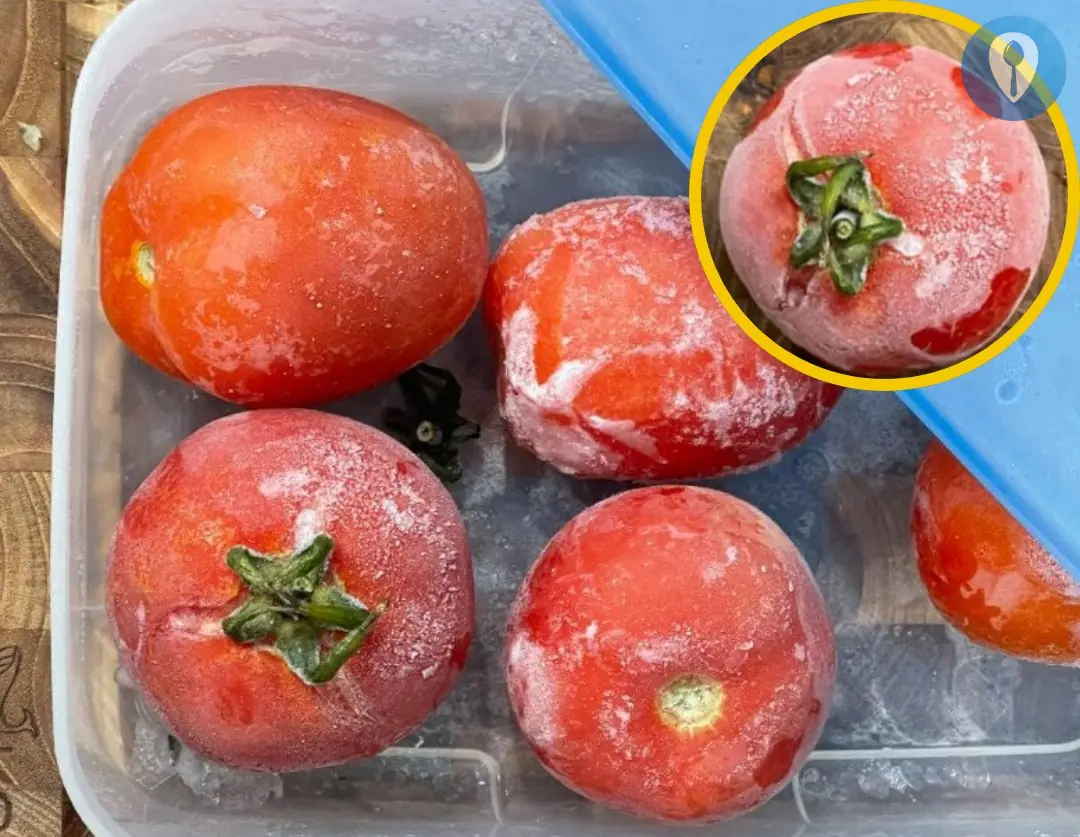
News in the same category

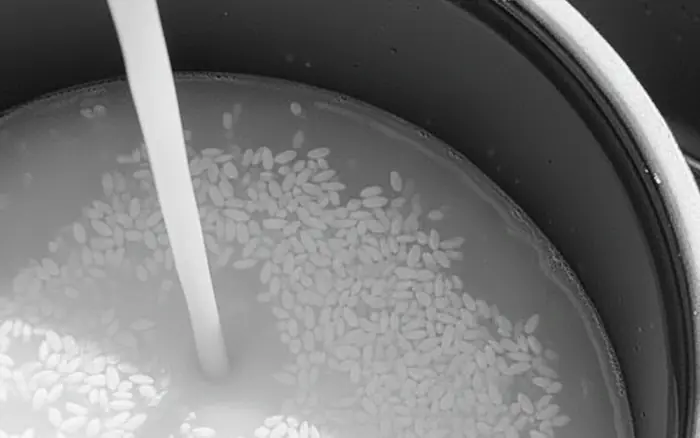
Cooking Rice with This Milky-White Liquid Is Far Better Than Using Plain Water: Tastier Rice, Better Skin, and Protection Against Many Diseases
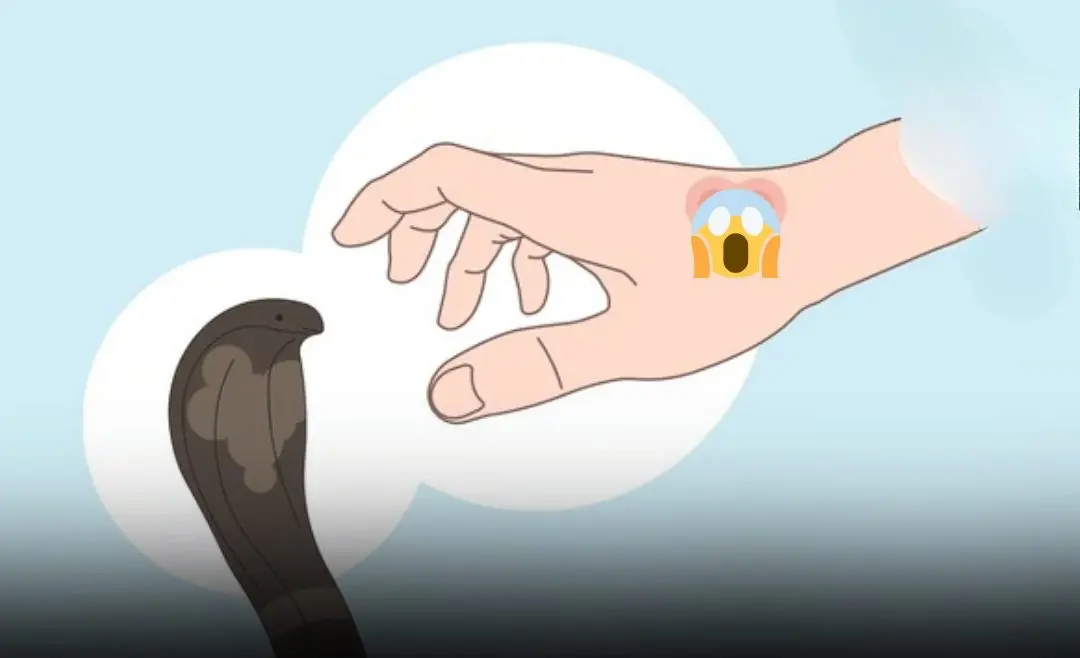
The First Steps to Take After a Snake Bi:te
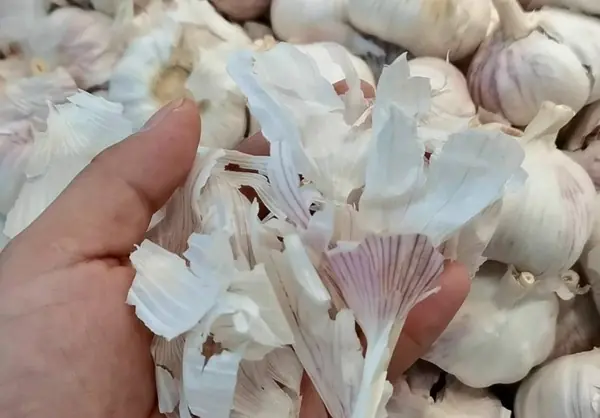
Garlic skins may seem useless, but they can be surprisingly helpful in daily life

Mixing Toothpaste with Salt: Surprising Uses and Benefits You Can Try at Home

The ring you pick will reveal your truest trait
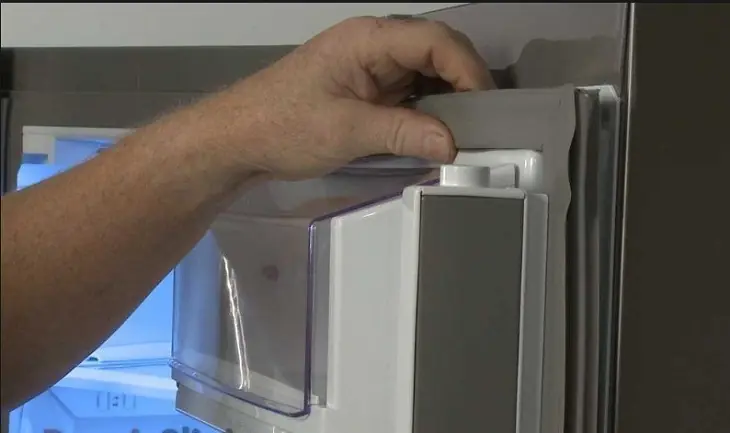
The right way to clean your refrigerator’s rubber door seal
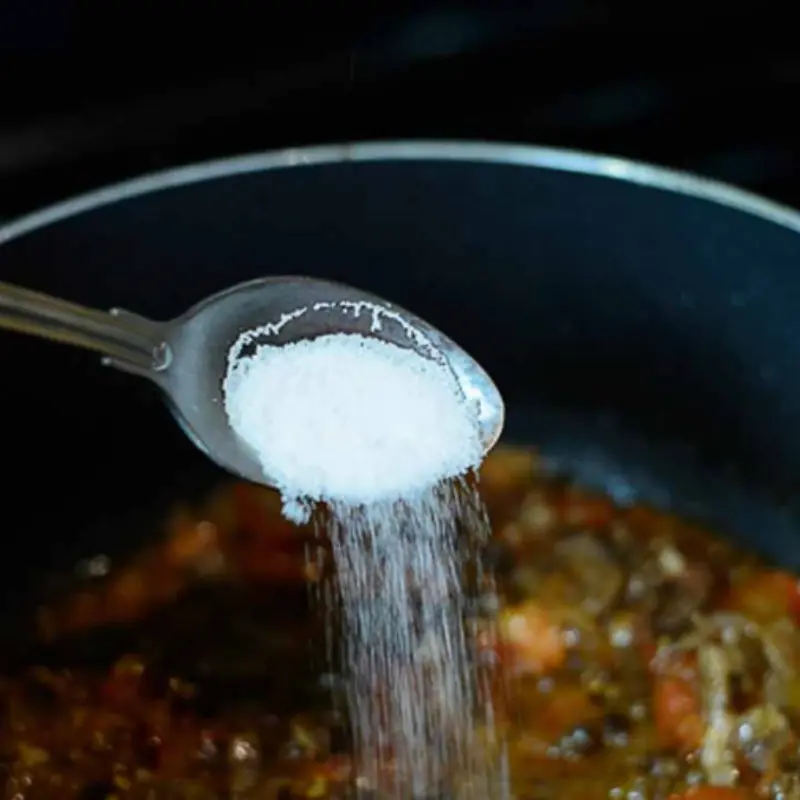
Oversalted your dish? Don’t dilute it with water—add this one ingredient to balance the flavor fast.
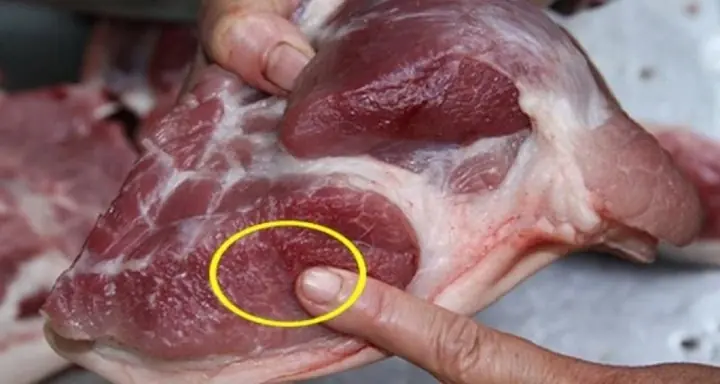
Butcher’s Honest Advice: When Buying Pork, It’s Best to Avoid These Three Types — Only the Uninformed Like Them

How to Effectively Remove Black Mold Spots from Household Items
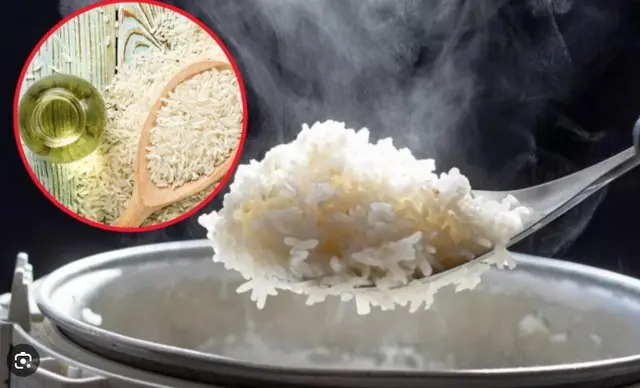
Many people cook rice every day—but still get it wrong: 4 simple tips for tastier rice and better digestion

Little Black Bugs in the Bathroom? Here’s What They Are & How to Get Rid of Them for Good
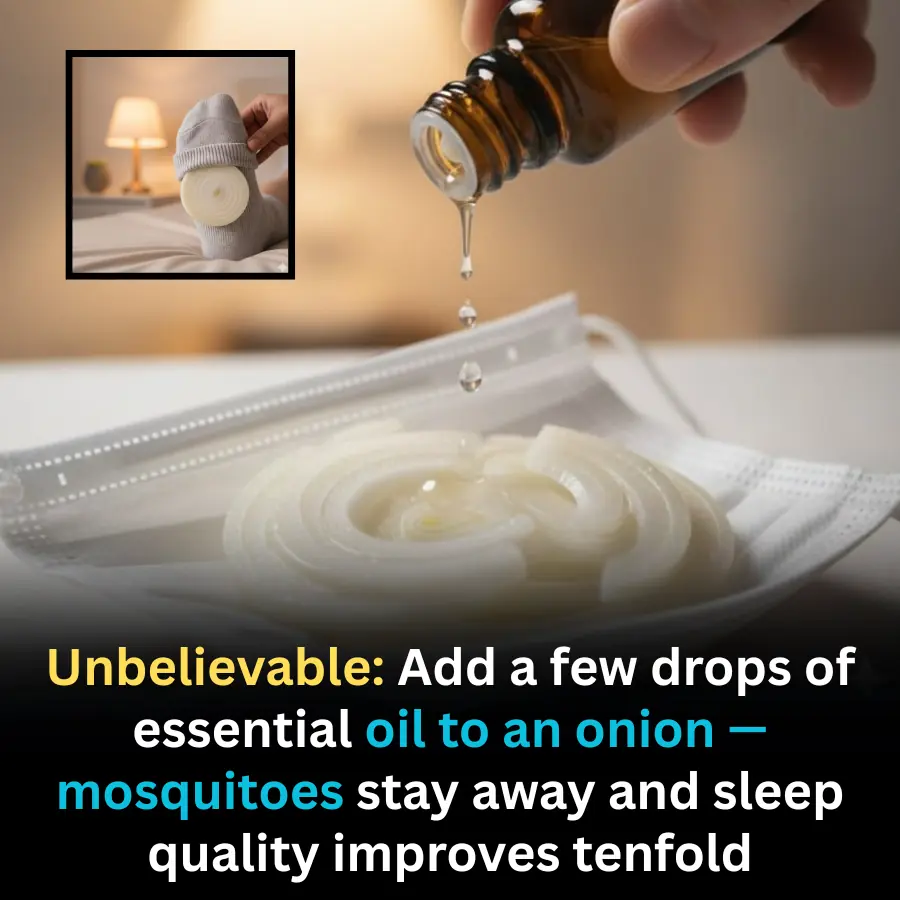
Add a Few Drops of Oil to an Onion: A Simple Home Trick That Repels Mosquitoes and Improves Sleep

To prevent snakes from entering your house, you can apply the following methods.
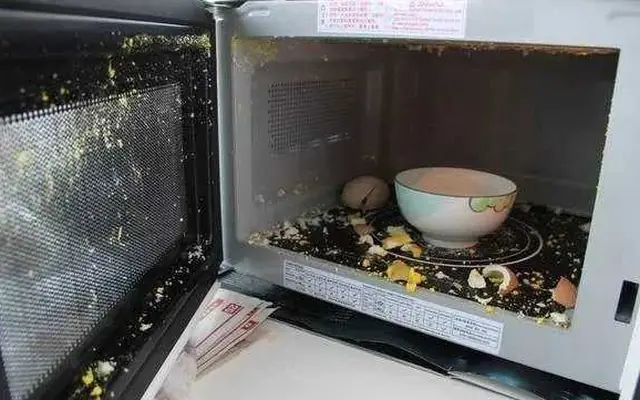
Never reheat these 5 items in the microwave!

How to Fix a Weak Toilet Flush at Home - No Technician Needed
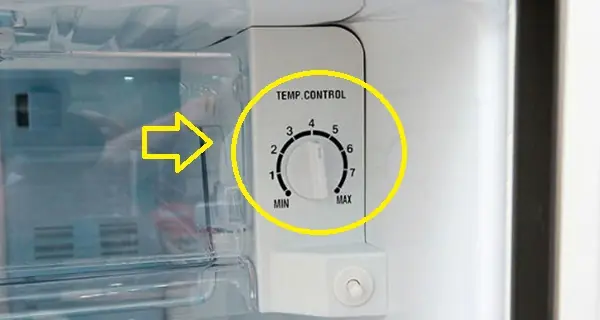
This small fridge button can significantly cut your electricity bill
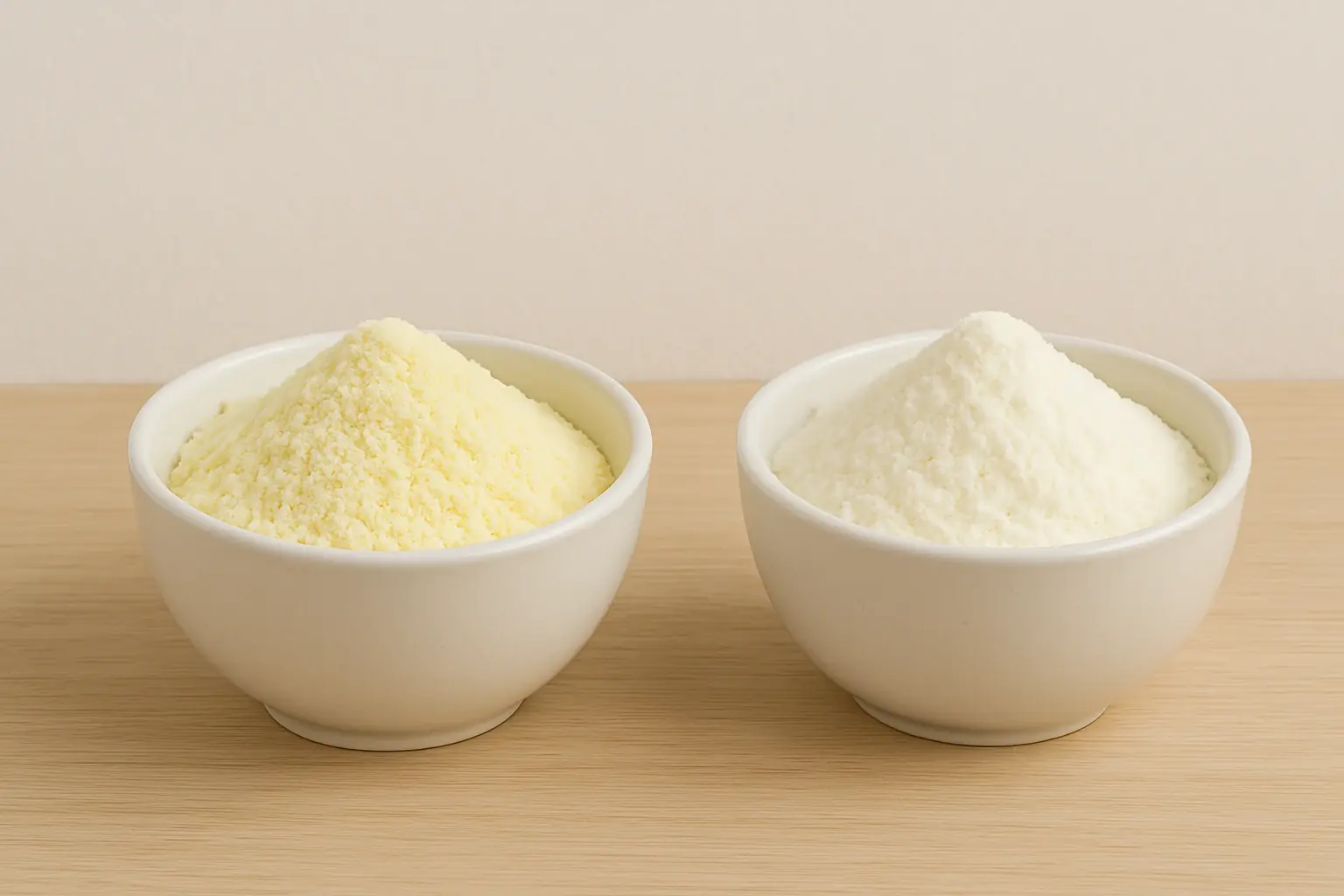
How to Tell Real Baby Formula from Fake: What Every Parent Needs to Know
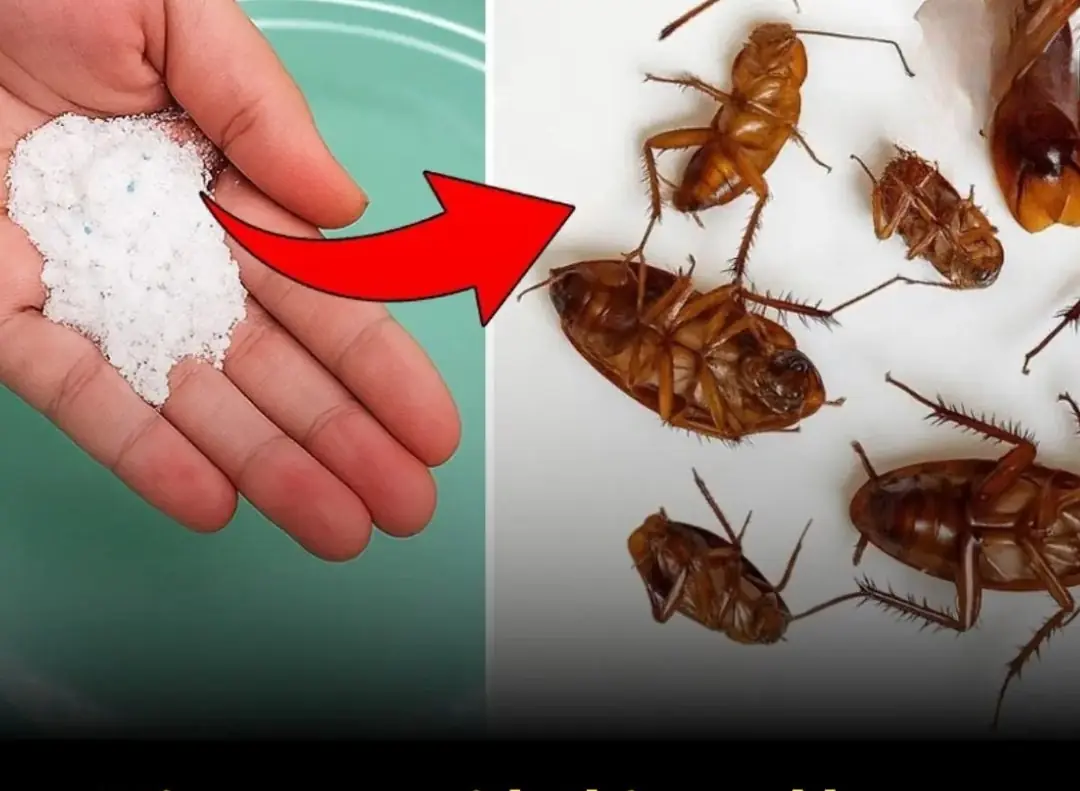
Smart tips to get rid of cockroaches and maintain a clean, fresh home

Your phone’s volume buttons can do more than you think - Here are 6 hidden tricks
News Post

The Iris Flower: A Timeless Symbol of Beauty, Healing, and Hidden Power
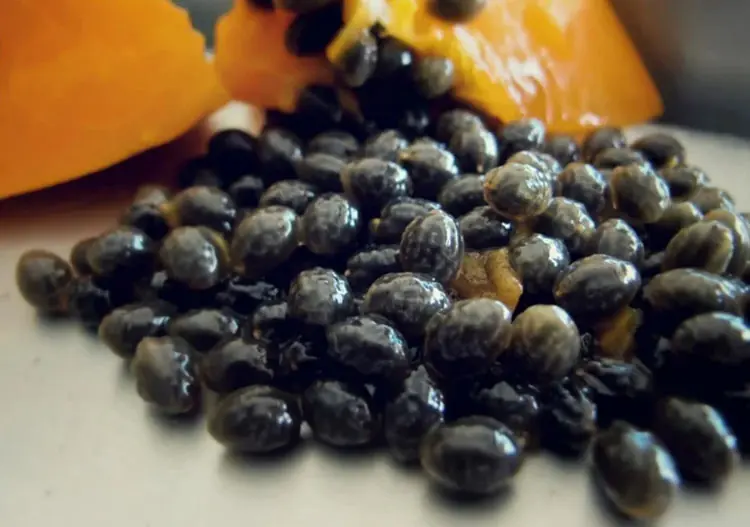
Don’t throw them away – The incredible health perks of papaya seeds you need to know

Boil eggshells and say goodbye to waste: The surprising uses you need to know

Frequent Night Leg Cramps? This Could Be a Hidden Health Signal
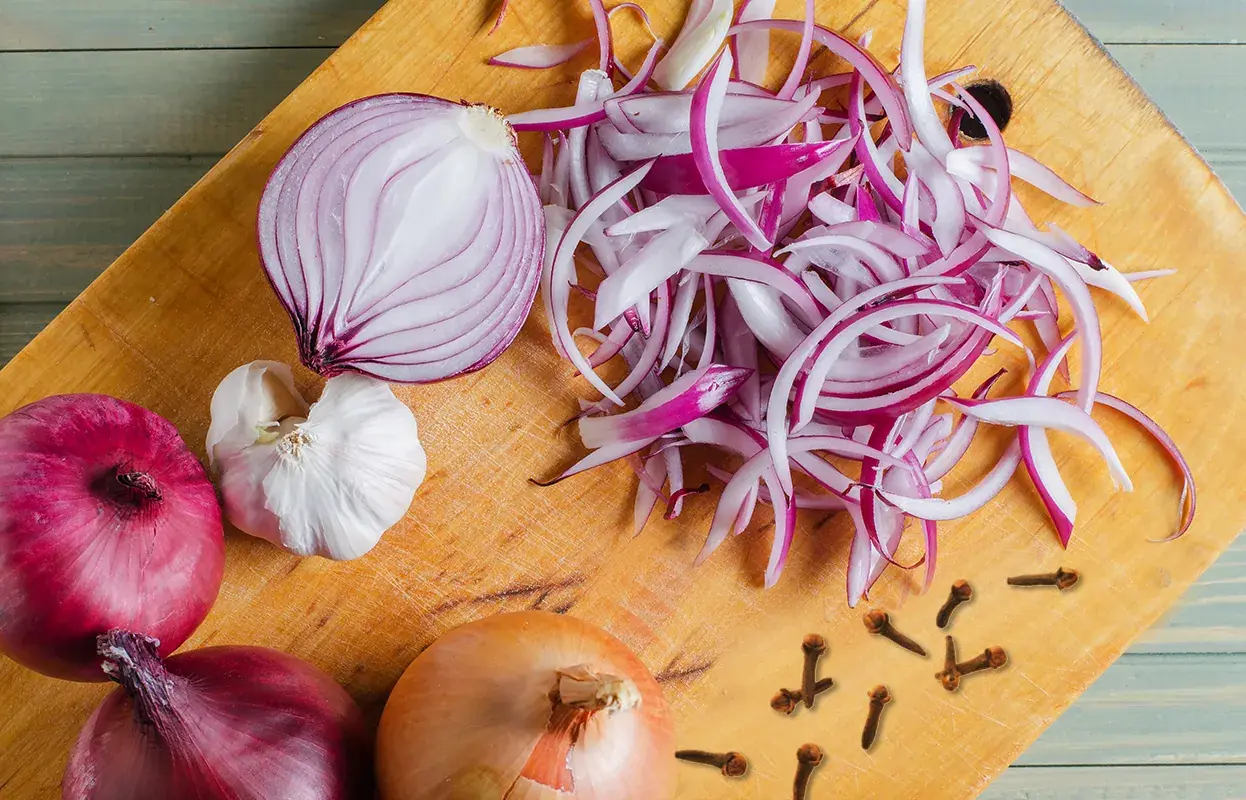
Doctors Speak Frankly: Four Types of People Should Avoid Onions

8 signs of kidney failure that if ignored may require lifelong dialysis

7 Warnings Your Body Gives You When You're Too Stressed

Remember the early signs of nasopharyngeal c.a.ncer, the chance of survival is up to 72%

3 Signs Your Parent May Be Nearing the End of Life — How to Prepare for What’s Ahead

A Doctor On TikTok Explains The Risks Of Kissing Dying People

Two Parts of Pork You Should Avoid: Potential Health Risks Many People Overlook

9 Silent Signs of a Brain Blood Clot That May Appear Weeks Before a Stroke
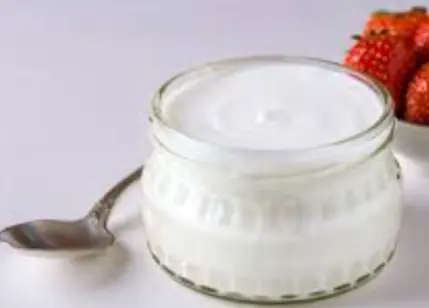
Regular Yogurt Consumption Linked to Reduced Chronic Inflammation

Crispy Golden Crab Cakes
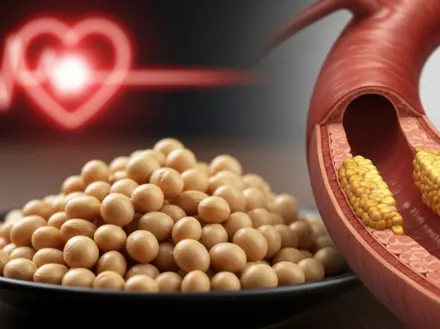
High-Dose Nattokinase Reduces Carotid Plaque Size and Arterial Thickness in 12-Month Clinical Study

Why Some People in Their Early 40s Start to Develop an ‘Old-Age Smell’ — And It Has Nothing to Do With Hygiene

51-Year-Old Man Declared Cured of HIV Following Stem Cell Transplant for Leukaemia

4 Early Symptoms of Stage 1–2 Liver Can.cer: Early Detection Can Save Lives
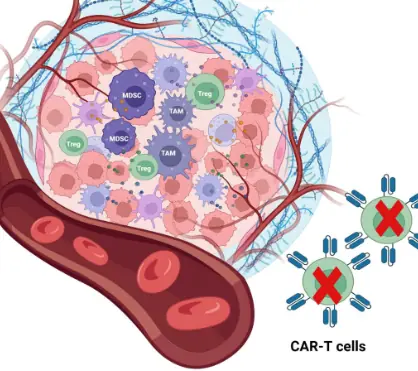
Modified CAR T-Cell Therapy Successfully Eliminates Solid Prostate Tumors in Mice
